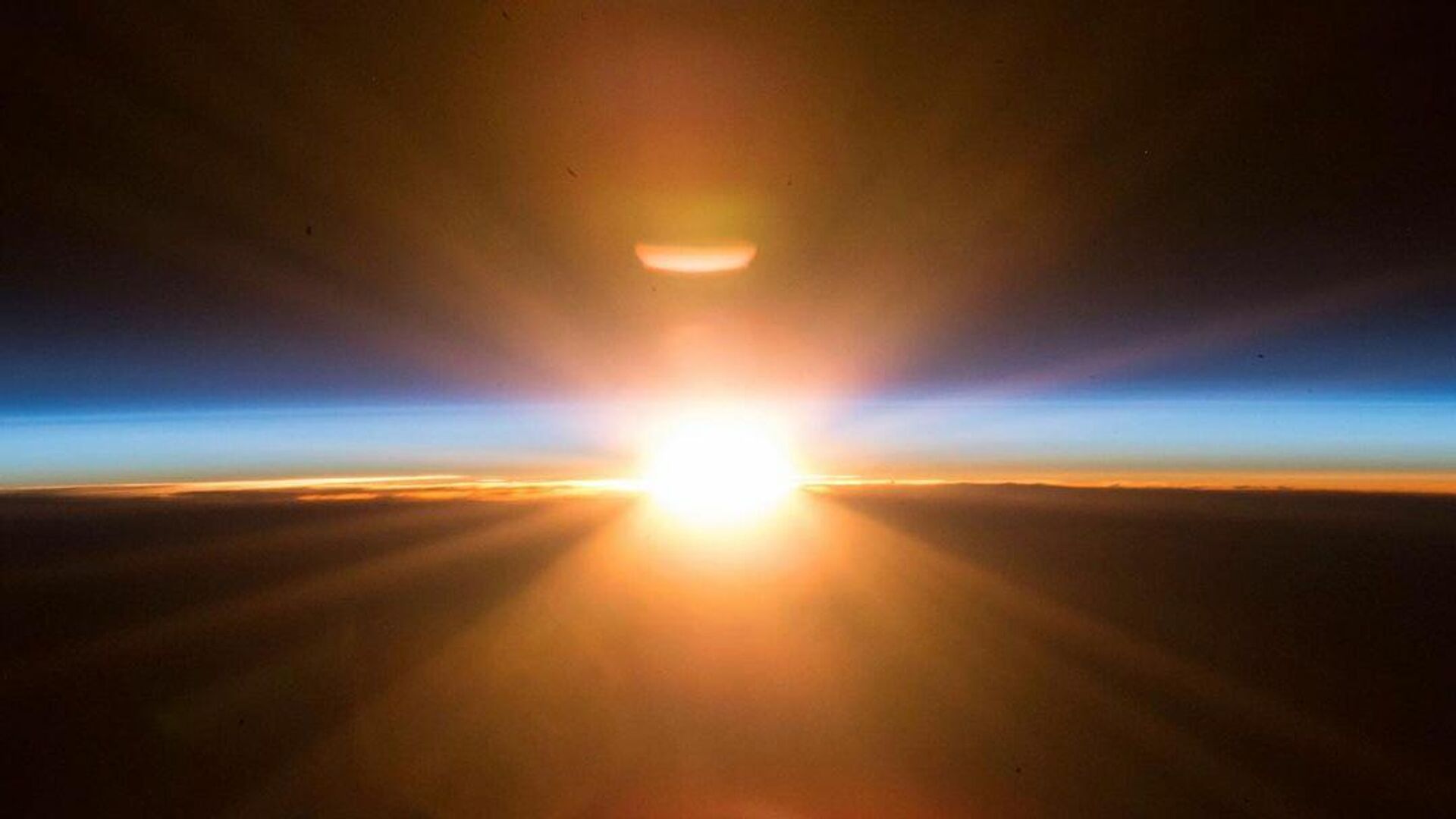
MOSCOW, November 20The significance of the International Space Station (ISS) and the contribution of this project to the scientific knowledge of mankind will become clear only after its flight is completed, and it will be possible to evaluate the results obtained, said Sergei, executive director for manned space programs of Roscosmos, in honor of the station’s 25th anniversary Krikalev.
The first module of the ISS, the Russian Functional Cargo Block (FGB) Zarya, was sent into orbit on November 20, 1998 on a Proton-K rocket. On December 6, the American Unity module, delivered by the Endeavor shuttle, docked to it, the crew of which included Krikalev. The ISS is now both the largest man-made object in space and, according to the Guinness Book of Records, the most expensive object ever built by mankind.
“Naturally, when creating (the station — ed.), we tried not to get ahead of ourselves and not talk about the “greatest project” because the greatness of this project will probably be clear when this project ends, and we will be able to a little after the passage of time look at the results obtained,” said Krikalev.
Similarities and differences
He said that as the station was being built, its design was repeatedly changed. The equipment used by the crews also changed, and, consequently, the organization of their work and life. As the cosmonaut said, during the first expedition, the capabilities for communication and power supply on the ISS were “rather limited.”
Now, according to him, huge solar panels have been deployed at the station, which power both the station’s internal service systems and scientific equipment. In addition, additional opportunities have emerged for transmitting information into orbit and to Earth.
Whereas previously a lot of data was delivered on board on floppy disks, disks and flash drives, now the data is transferred directly on board. The results of work at the station are often “dropped” to Earth not on physical media in the descent vehicles returned by the cosmonauts, but in the form of digital data, added the executive director of Roscosmos.
At the same time, the conditions of being in orbit — weightlessness, limited space, a busy schedule — have not gone away in 25 years, so the work of astronauts on the first missions and today's flights has both similarities and differences.
Prepare for future missions
“It is impossible to repeat the first docking a second time, because all subsequent dockings were slightly different. The module that flew to this small station of two modules, it flew there independently, it flew in unmanned mode. When the Soyuz spacecraft flew there, «It arrived and docked differently. The difficulty of the first expedition was that two different modules, created on different sides of the ocean, must meet together, dock and begin working together,» Krikalev commented on the differences between the first mission to the ISS and all subsequent ones.
He emphasized that 25 years ago the main task of the first crew of the station was precisely the docking of the Russian Zarya and the American Unity. Moreover, it was not initially assumed that the shuttle crew would open the hatches and go inside the station.
However, in the process of forming the flight program, it became clear that it would be advisable to organize such a visit and “begin to prepare this small station, even then consisting of two modules, for future long-term flights.”
In addition, during this flight the first emergency situation on the ISS occurred — one of the blocks had to be replaced.
How many
The shuttle Endeavor launched from Cape Canaveral on December 4, 1998 with astronauts Robert Cabana, Frederick Sterkow, Nancy Currie, Jerry Ross, James Newman and cosmonaut Sergei Krikalev. The shuttle, with the Unity module in its cargo compartment, flew up to Zarya on December 7 and, using a robotic arm, docked them.
During this flight, the astronauts made three spacewalks to connect cables between the Russian and American modules and prepare them for operation. On December 10, Krikalev and Kabana opened the hatch of the Unity module and became the first people on the ISS. A little later they moved to the Russian module.
Currently, the ISS has six modules of the Russian segment, seven modules of the American segment, as well as three European and one Japanese module, which are part of the American segment. The internal volume of the station is about 380 cubic meters, and its weight is more than 400 tons.
As Vladimir Solovyov, general designer for manned space systems and complexes of the Russian Federation, said, the Russian Federation spent $14 billion on the ISS, while the total cost of the project is estimated at 160-170 billion. However, Russia has rights to use 30% of the station's resources.




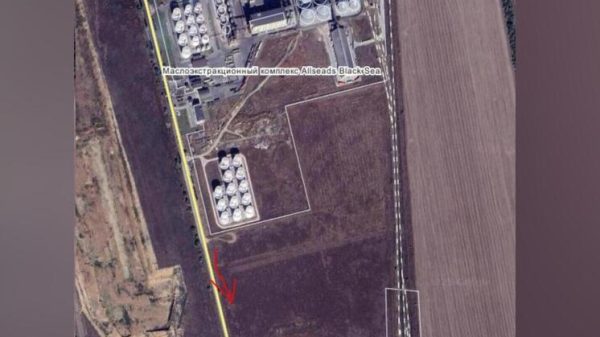



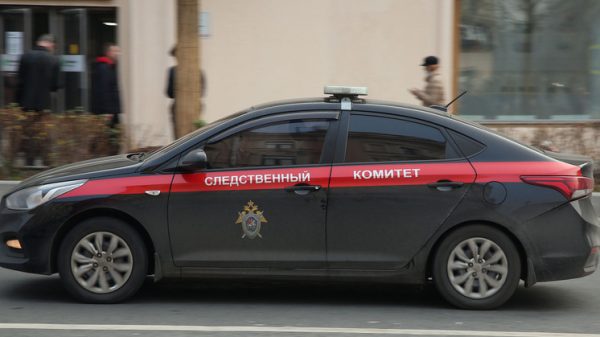
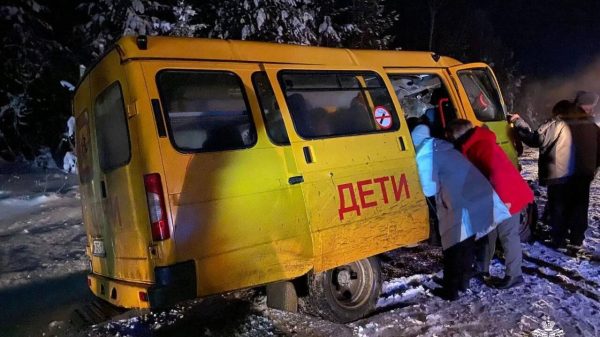
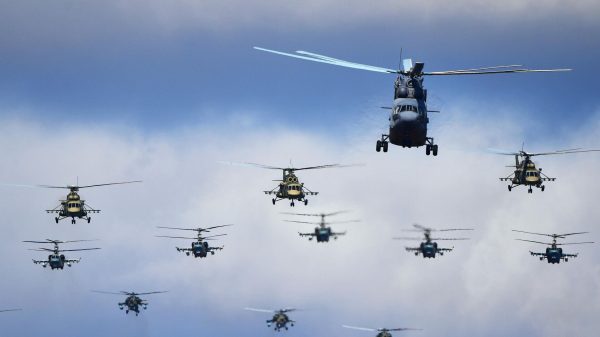




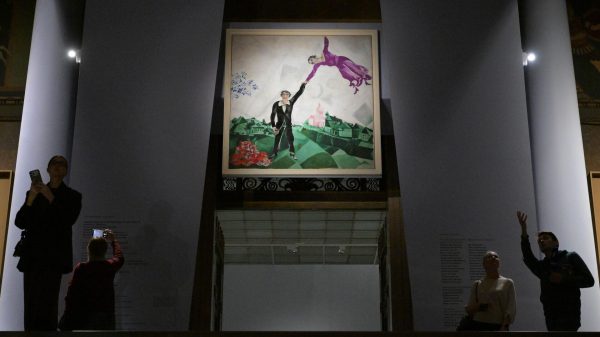

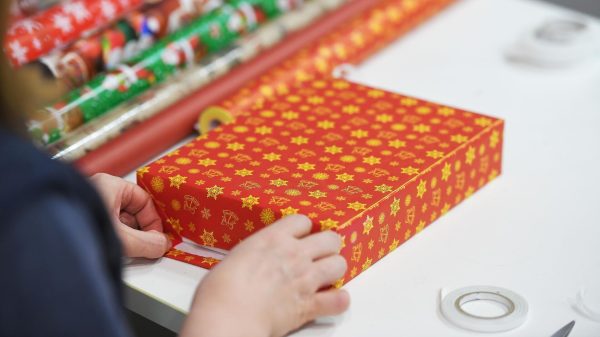
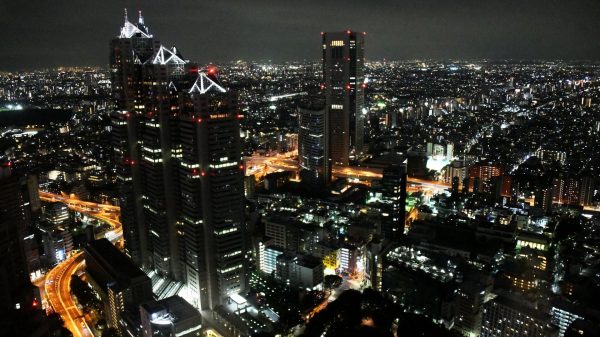


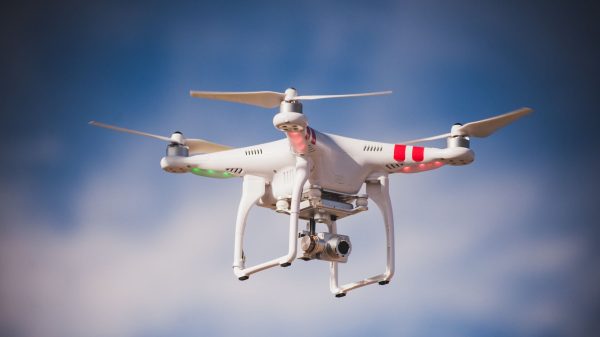











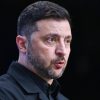




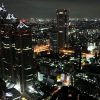








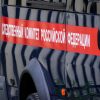




Свежие комментарии